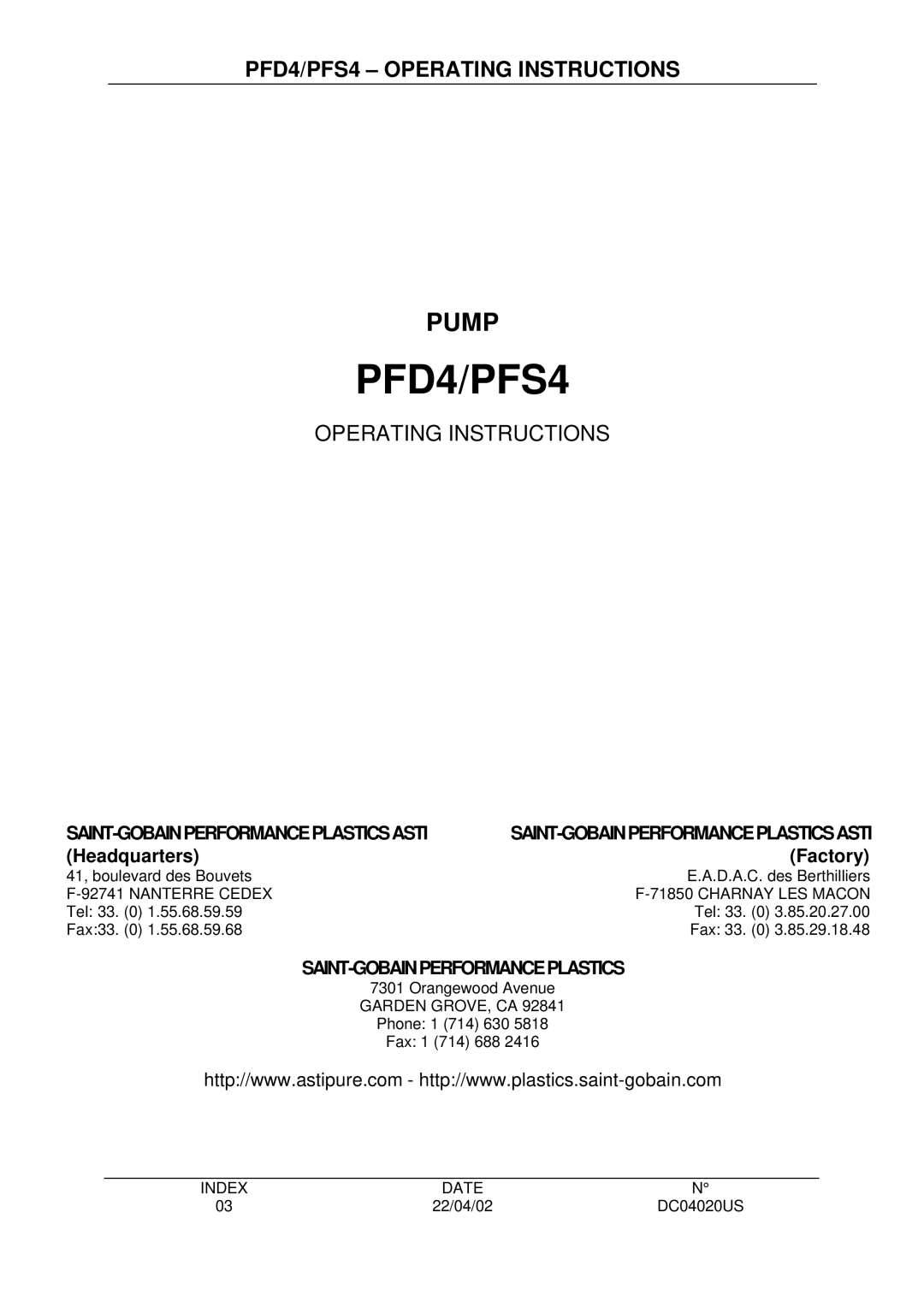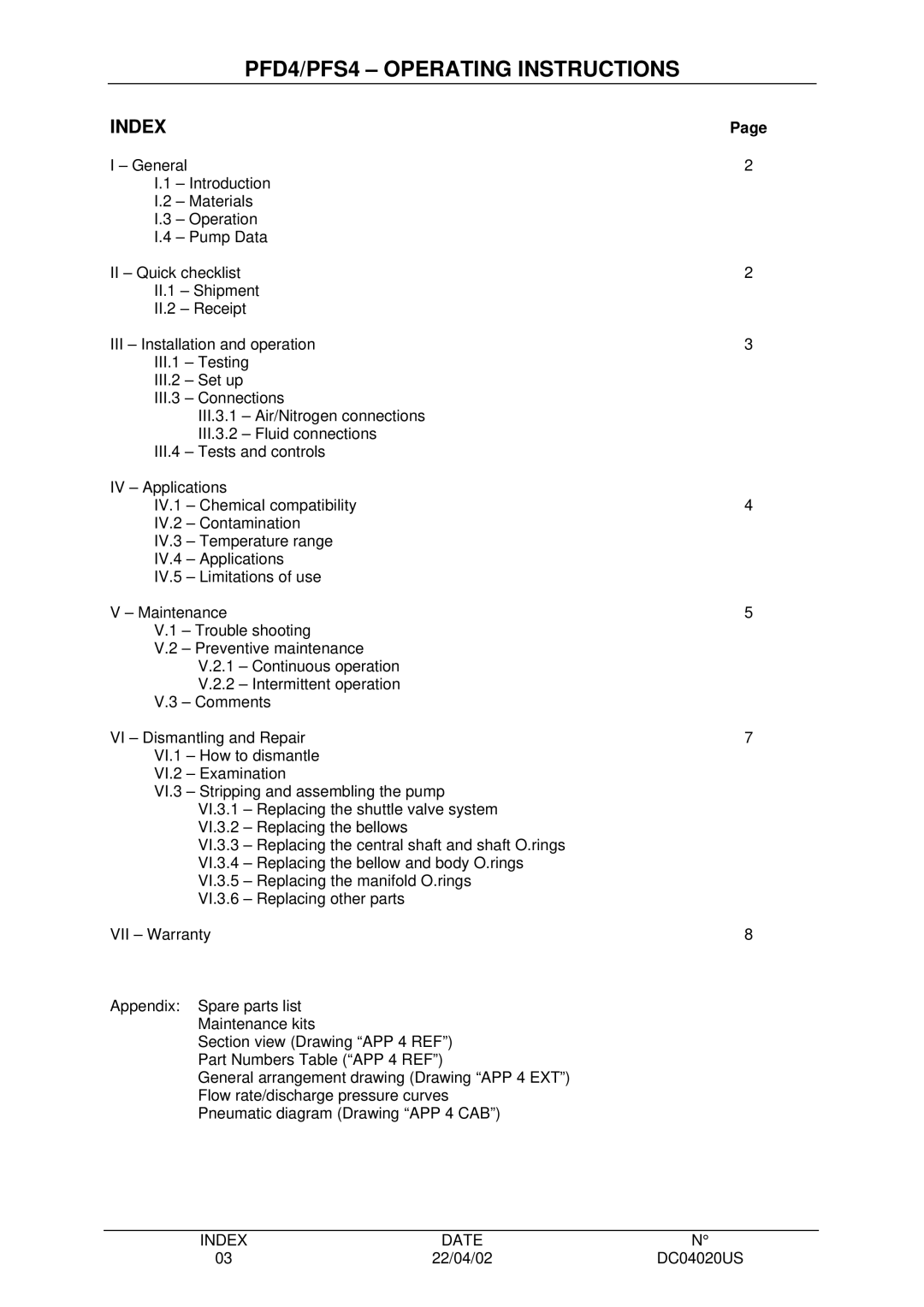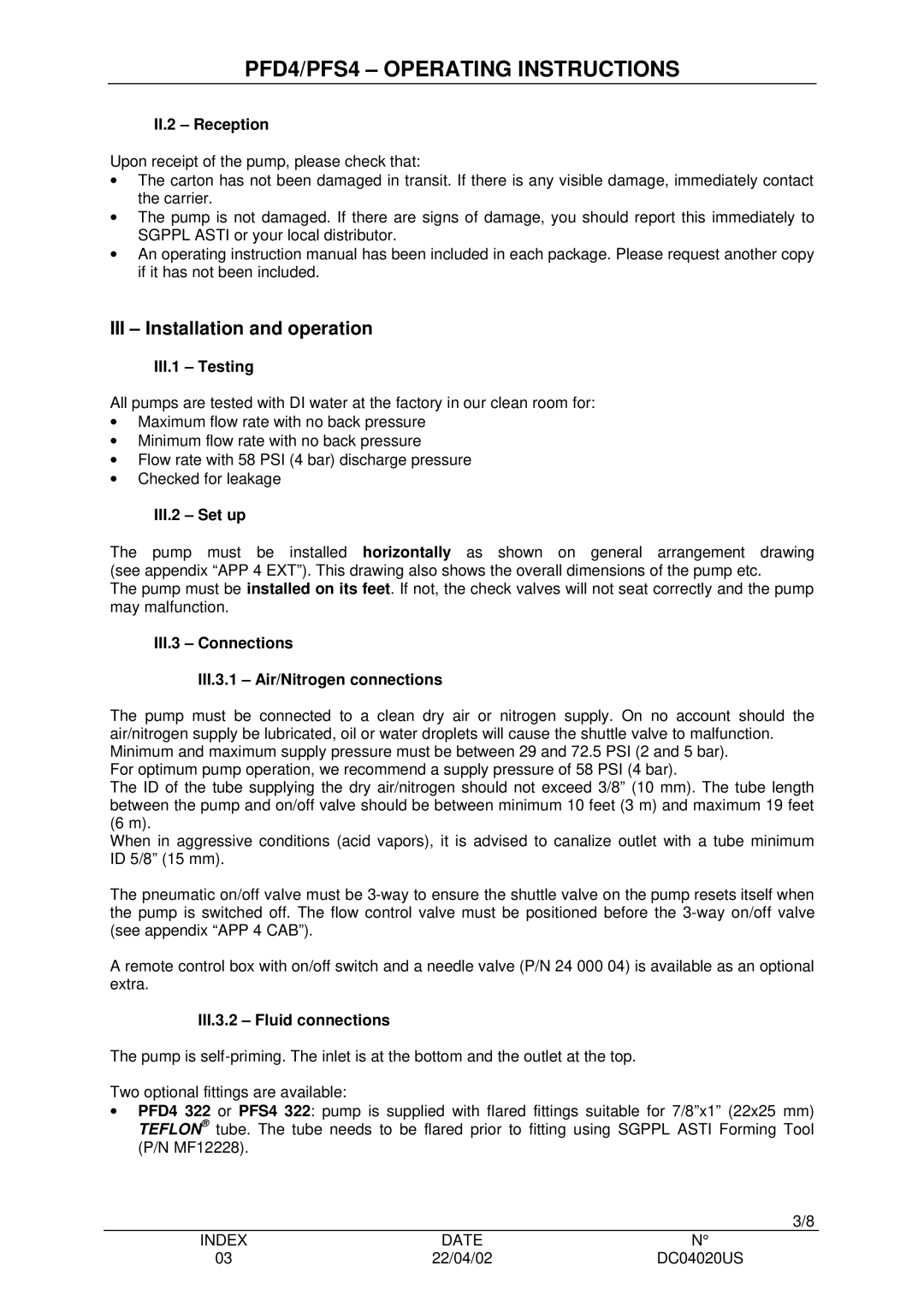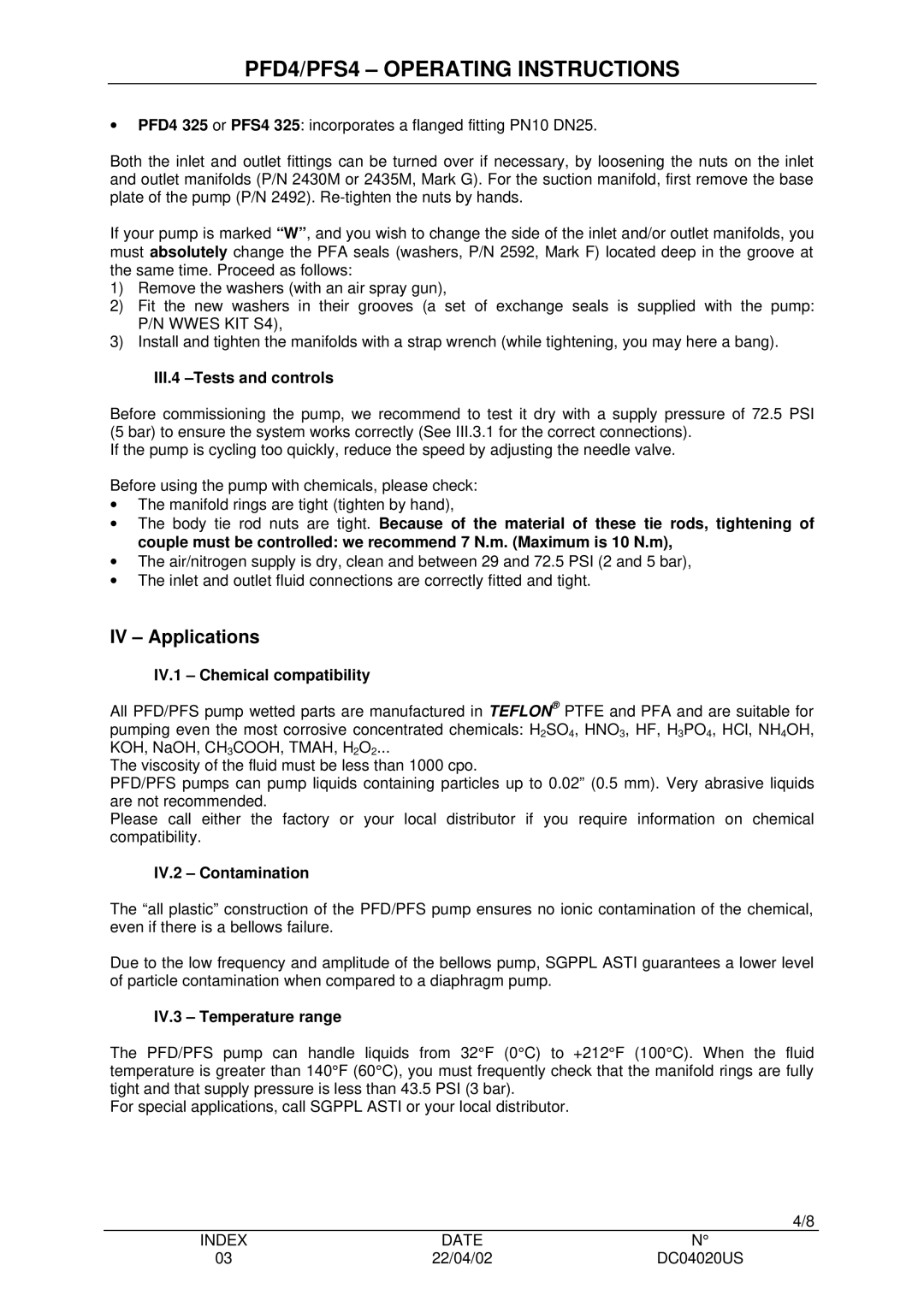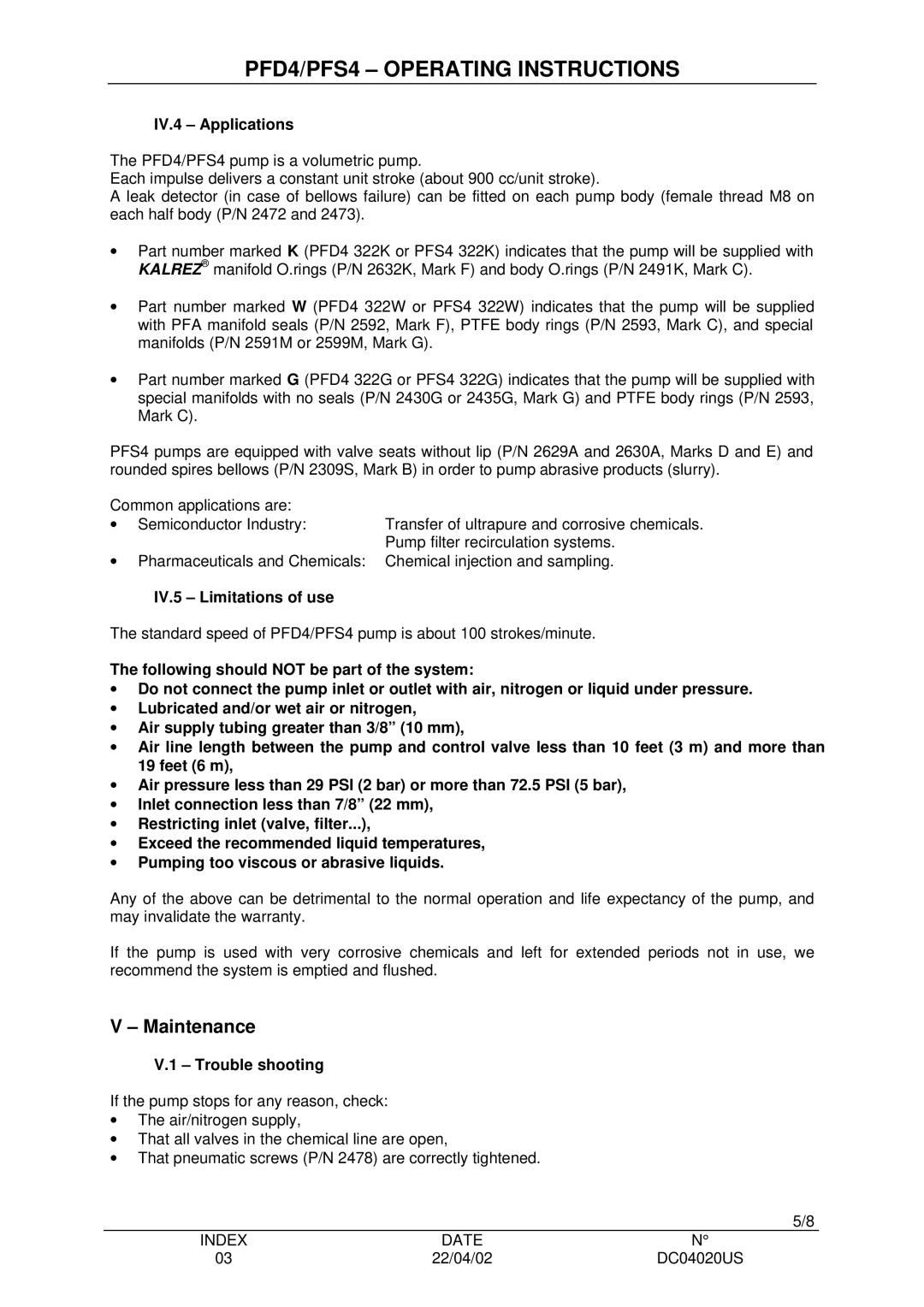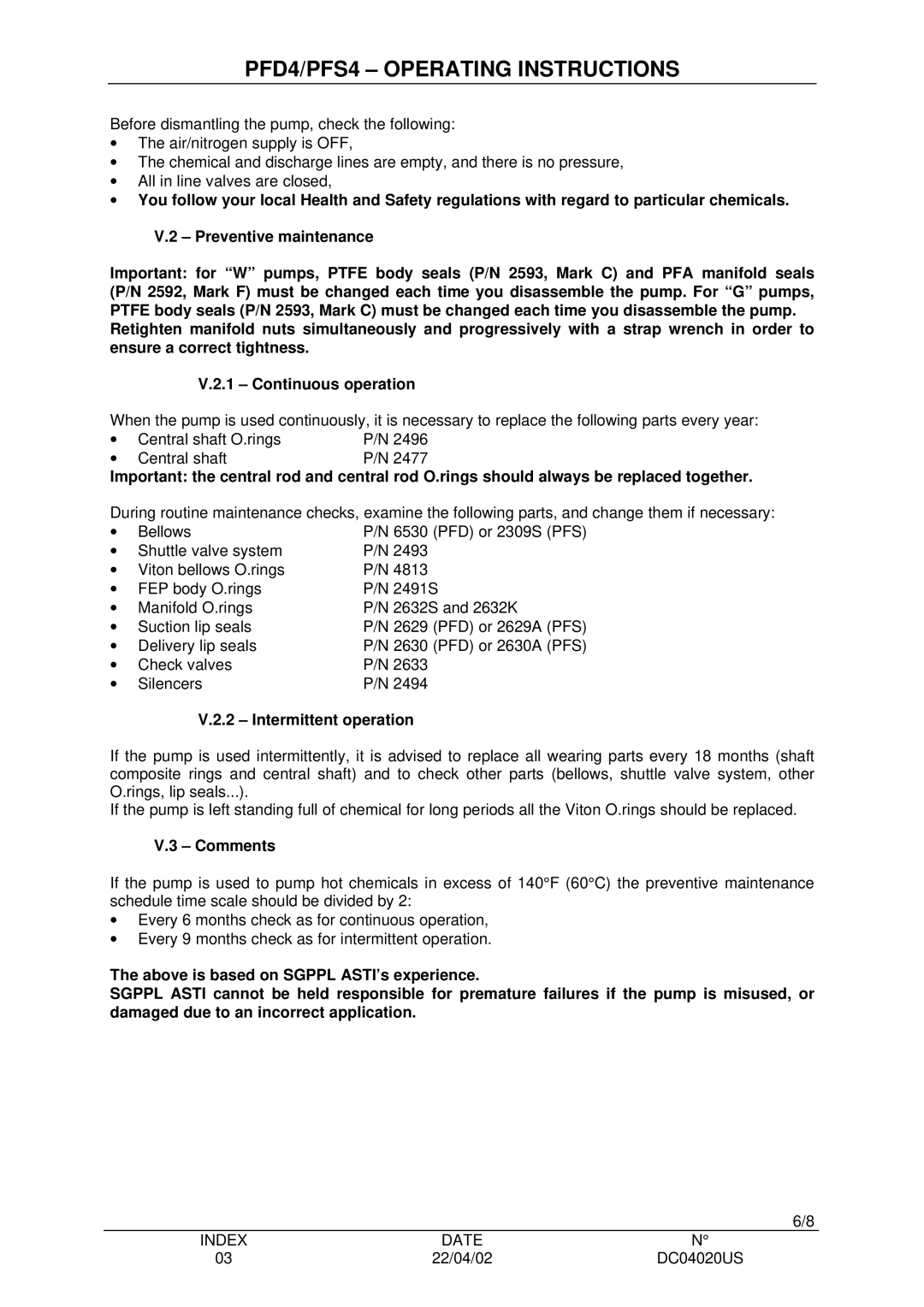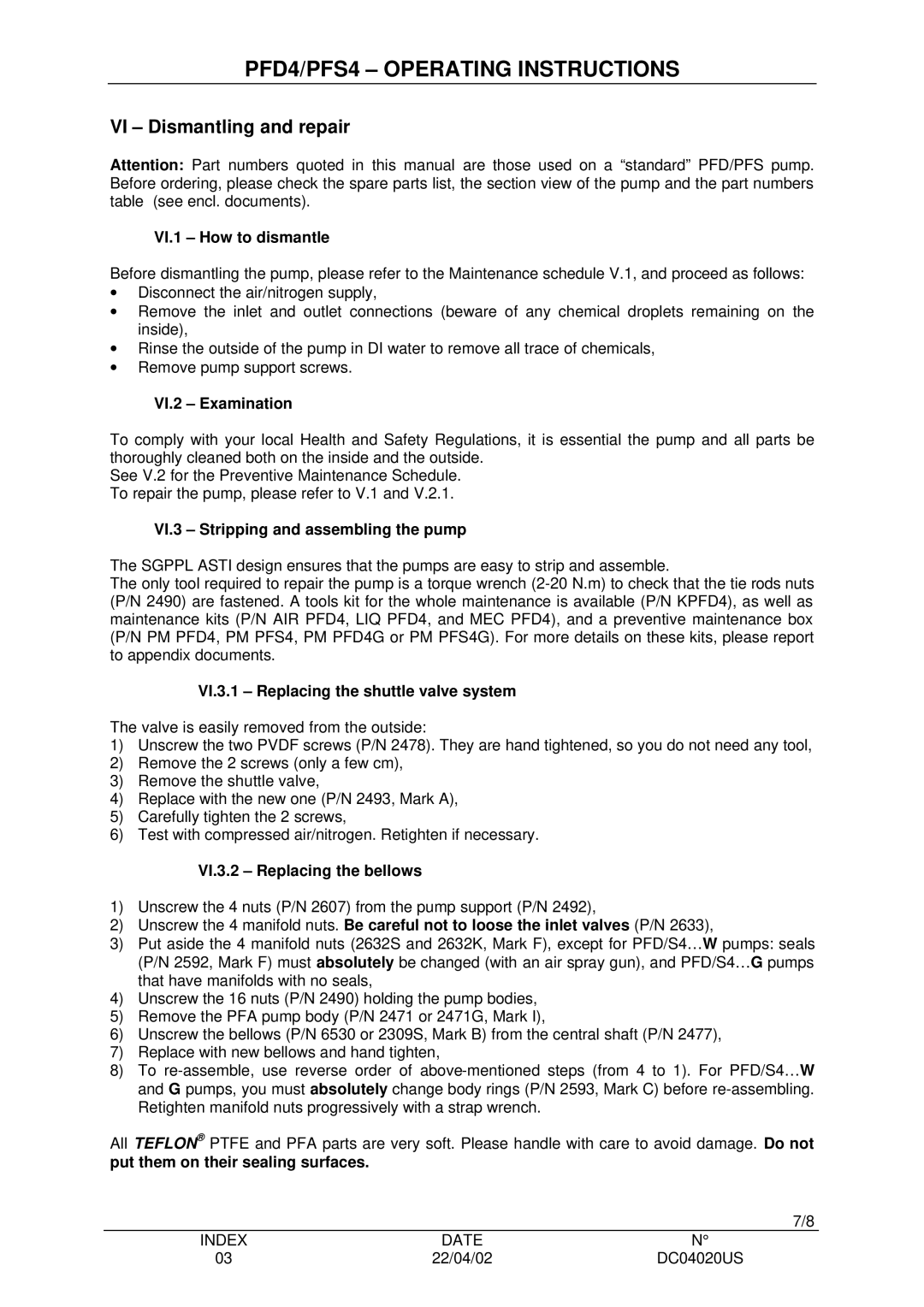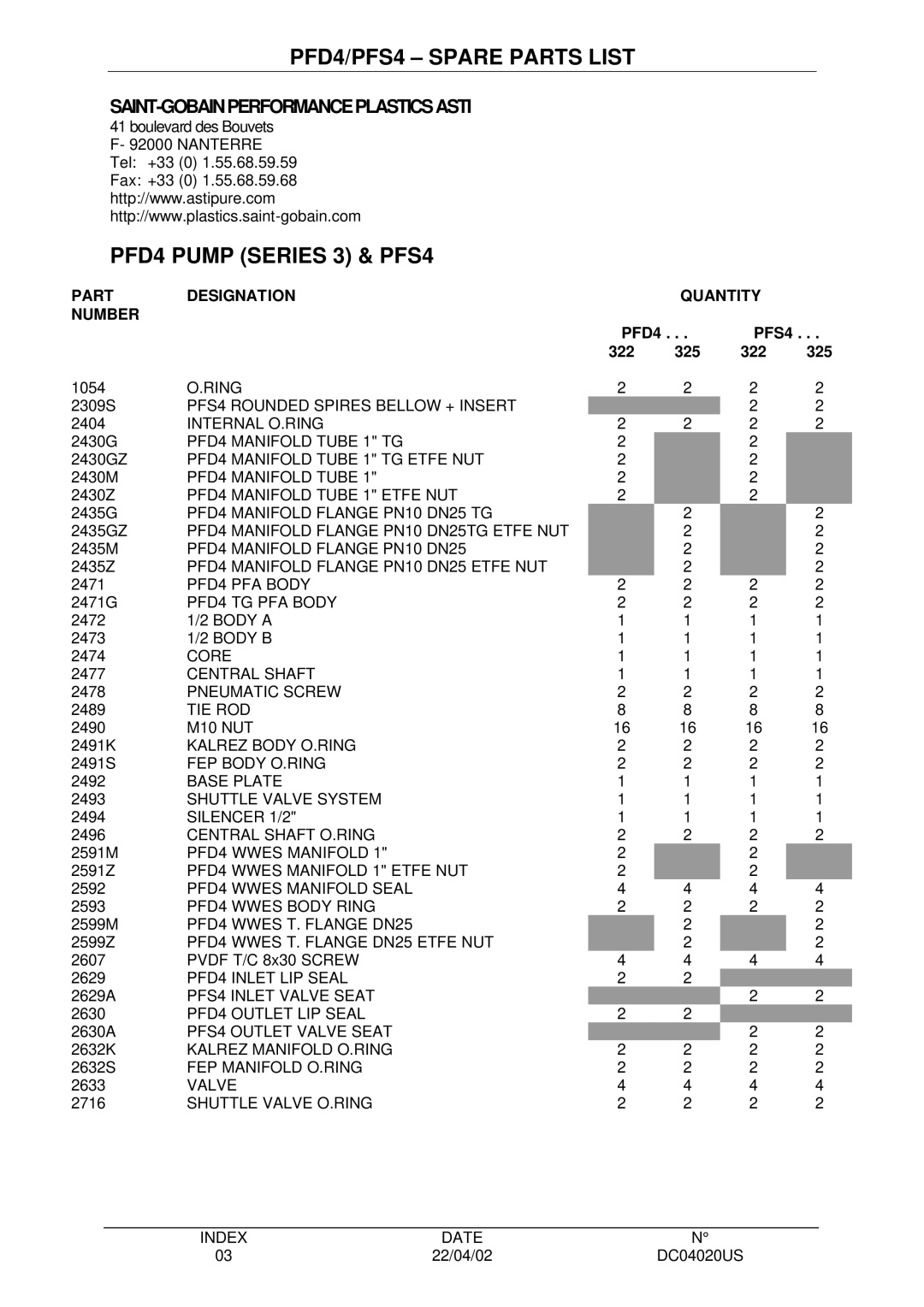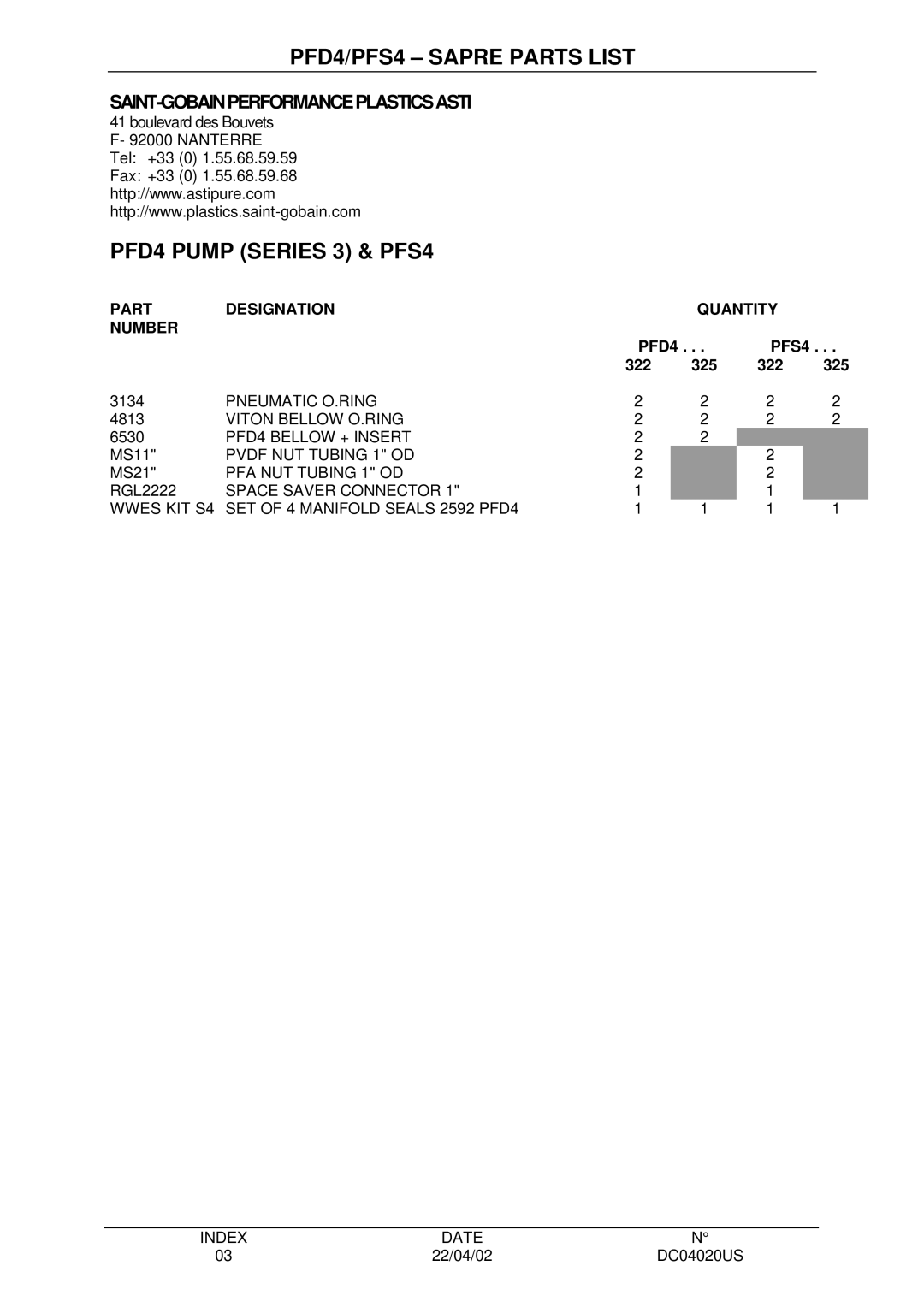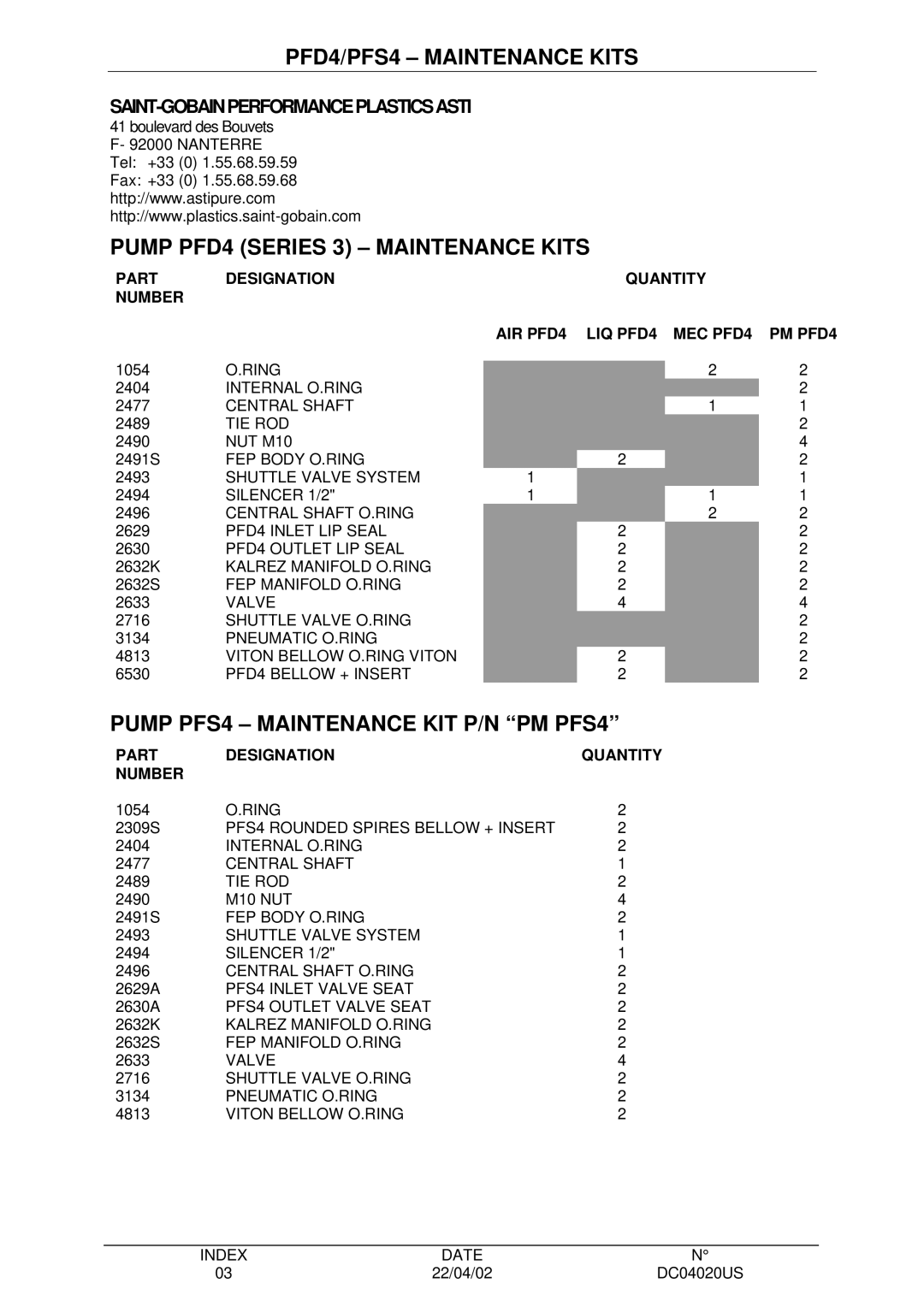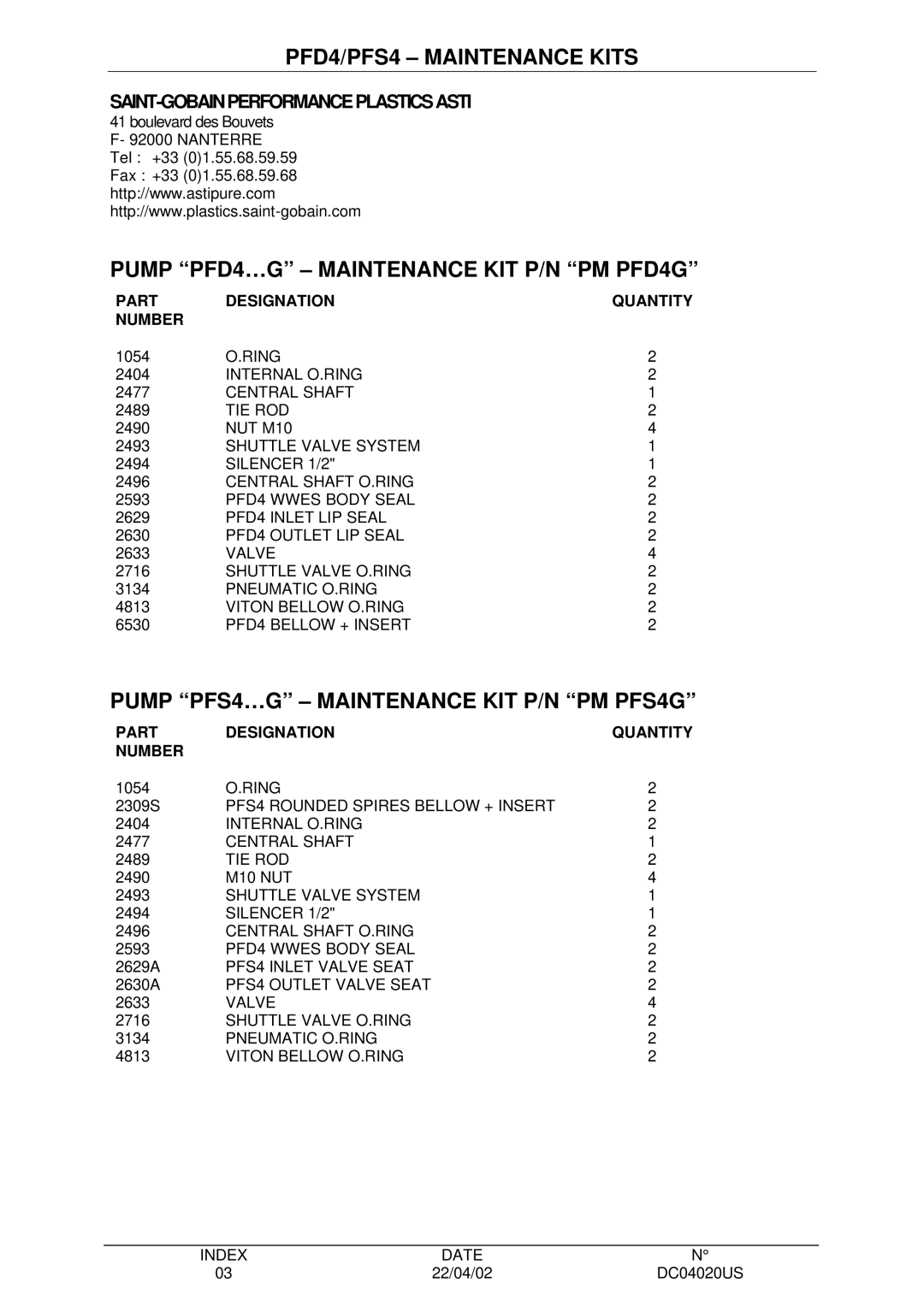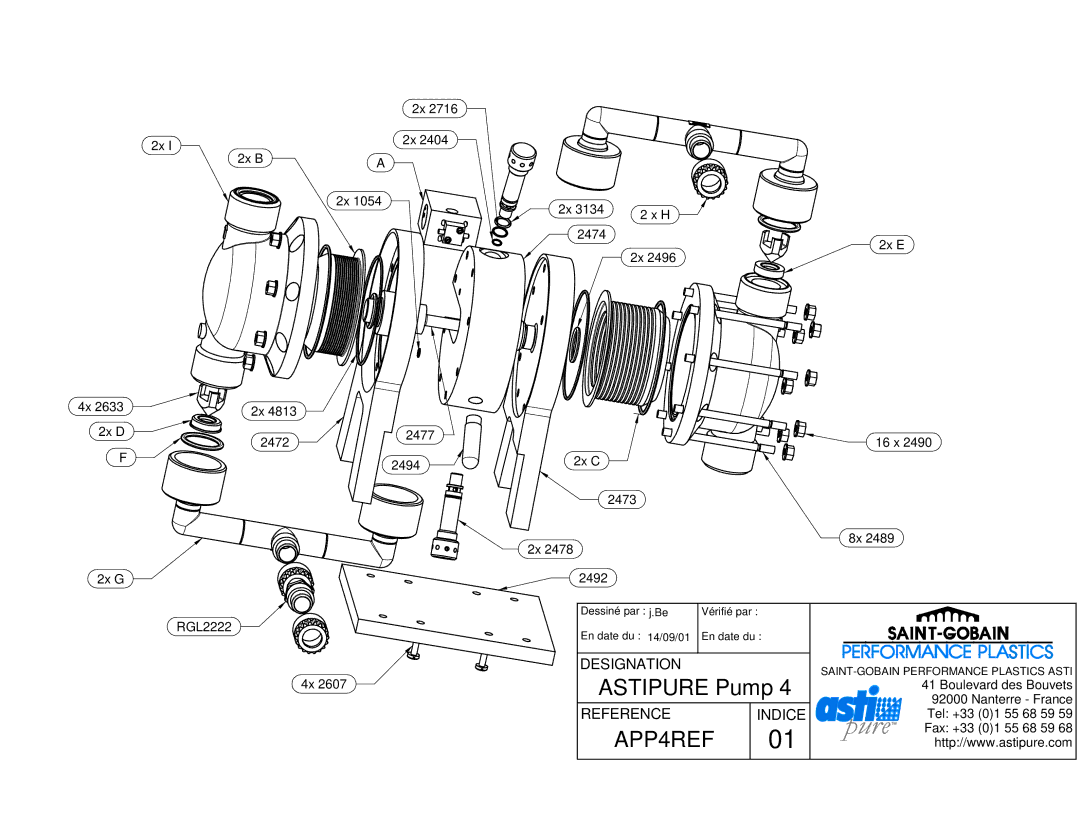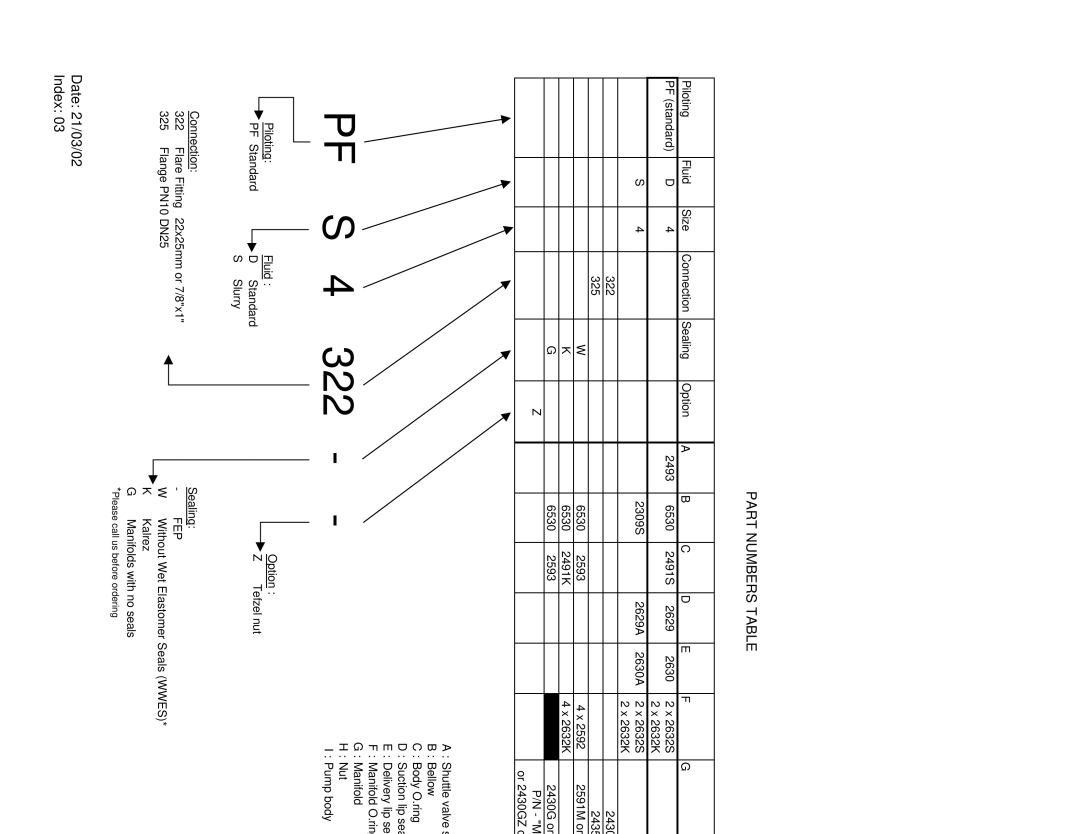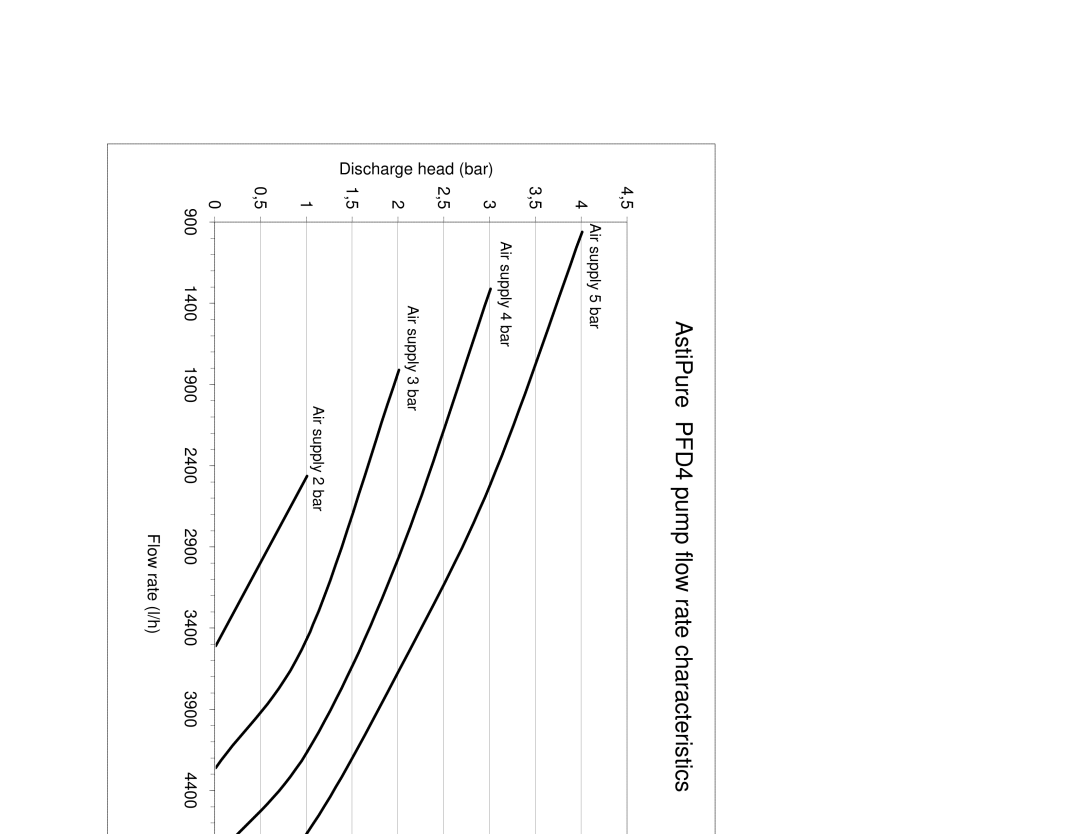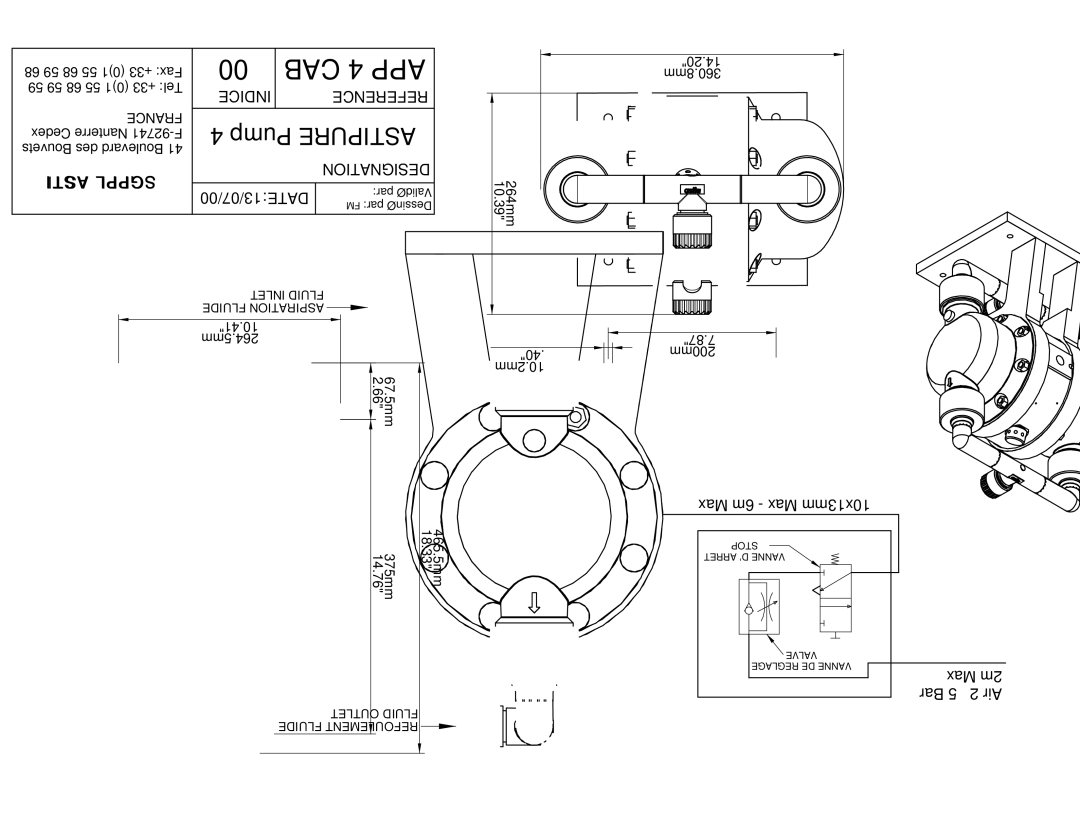PFS4, PFD4 specifications
Saint-Gobain Vidros is a prominent name in the glass manufacturing industry, recognized for its innovative and high-quality products. Among its notable offerings are the PFS4 and PFD4 glass types, which are designed to meet the diverse needs of modern architecture, energy efficiency, and sustainability.The PFS4 (Premium Float Solar) glass is specifically engineered for applications where solar control is crucial. It features a low solar heat gain coefficient, allowing buildings to minimize cooling energy consumption during warmer months. This glass type is particularly advantageous for large commercial buildings with extensive glazing areas. The PFS4 glass is also treated with advanced coatings that enhance its performance by reflecting unwanted solar radiation while permitting a substantial amount of natural light to enter, creating a comfortable and well-lit indoor environment.
On the other hand, the PFD4 (Premium Float Double) glass caters to energy efficiency and superior thermal insulation. This double-glazed solution offers enhanced acoustic performance and thermal resistance, making it an ideal choice for residential and commercial buildings in noisy or extreme climates. With its unique combination of air or argon gas fill between the glass panes, the PFD4 effectively reduces heat loss in winter and minimizes heat gain in summer, contributing to lower energy bills and reduced environmental impact.
Both PFS4 and PFD4 incorporate cutting-edge technologies that align with the global trend towards eco-friendly building practices. These glass products are manufactured using sustainable processes, and they fulfill stringent environmental standards. They not only ensure safety and durability but also promote reduced energy consumption and greenhouse gas emissions.
Additionally, the aesthetic appeal of both glass types cannot be overstated. Leaders in contemporary design often select these products for their clarity and ability to blend seamlessly into various architectural styles. The low-reflective quality of PFS4 combined with the noise reduction capabilities of PFD4 makes them versatile choices for any project.
In summary, Saint-Gobain Vidros PFS4 and PFD4 glass types stand out in the glass industry for their commitment to quality, innovation, and sustainability. Whether for enhancing energy efficiency, acoustic comfort, or aesthetic value, these products provide cutting-edge solutions that cater to the modern demands of architecture and construction. By opting for PFS4 and PFD4, builders and architects can ensure a harmonious balance between functionality and design, paving the way for more sustainable and beautiful structures.
